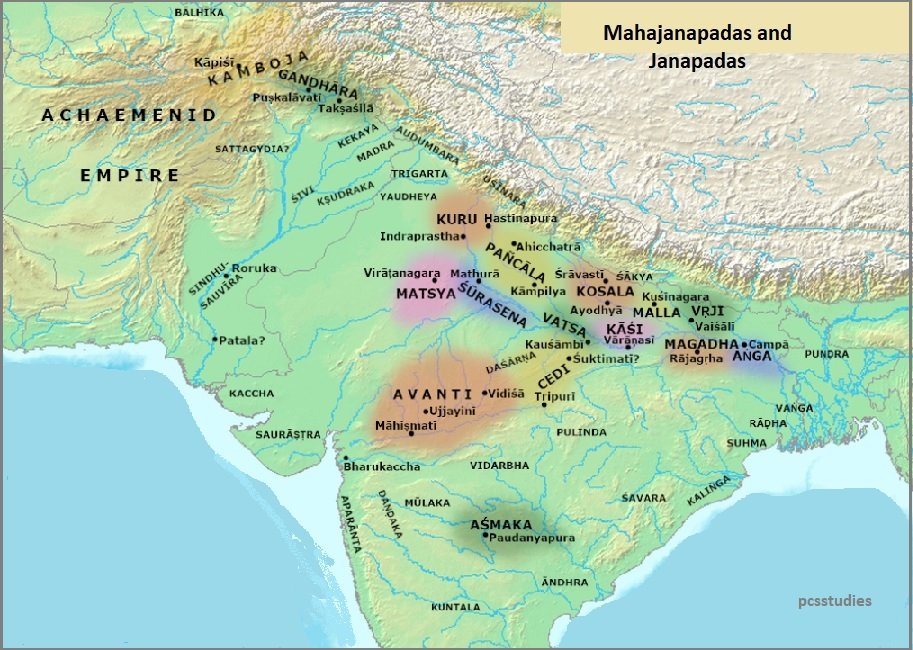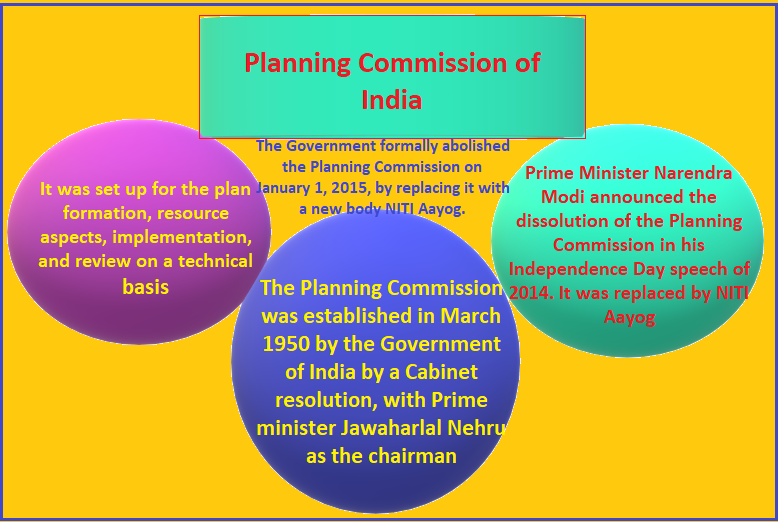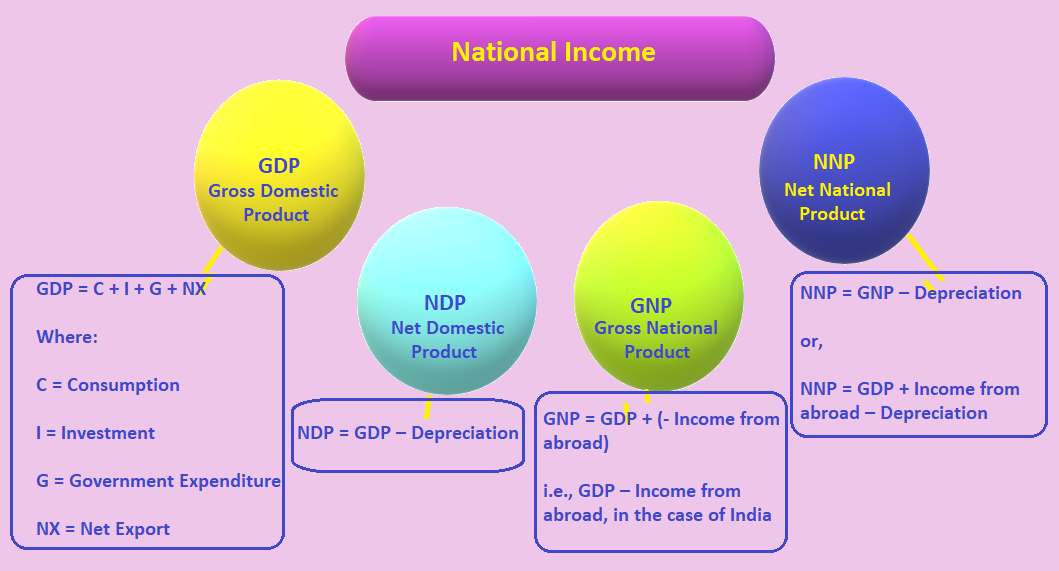The Mauryan Empire With the foundation of the Mauryan Empire, political unity was achieved in India for the first time. Due to the accuracy of chronology and sources, the history writing of this era also becomes clear. The Mauryan dynasty was founded by Chandragupta Maurya who took advantage of the Nandas in the last days of their rule. He overthrew the Nandas with the help of Kautilya and established the rule of the Maurya dynasty. Sources of the Mauryan Empire Literary Sources: Kautilya’s Arthasatra: Kautilya has written the book Arthasatra…
Read MoreYear: 2022
Persian and Greek Invasions in India
Persian and Greek Invasions in India During the first half of the sixth century B.C. several small principalities such as Kamboja, Gandhara, and Madras fought one another. The North–West area did not have a powerful kingdom, and it was wealthy and could be easily entered through passes in the Hindukush. The Achaemenian rulers of Iran expanded their empire at the same time as the Magadhan princes and took advantage of this political disunity on the northwest frontier. The Iranian ruler Darius penetrated northwest India in 516 BC and annexed the…
Read MoreSarkaria Commission
Sarkaria Commission: Background, Recommendations, Significances Various committees and commissions are important for the UPSC IAS exam, which includes pre-independence commissions like the Hunter Commission, Simon Commission, and others. Turning back to the topic, post-independence commissions hold an important part in the development of our country and therefore are an important part of the UPSC Syllabus for Indian polity and governance. One of the most important post-independence commissions is the Sarkaria Commission, which has given important recommendations for center-state relations. On that note, let’s learn all about the Sarkaria Commission and…
Read MoreThe Rise of the Magadhan Empire
The Rise of the Magadhan Empire Among all the kingdoms of North India, Magadha emerged powerful and prosperous. In the aspects of political activity in north India, it became the nerve center. The political history of India from the sixth century B.C onwards is the history of the struggle between the states Magadha, Koshala, Vatsa, and Avanti for supremacy, and ultimately the kingdom of Magadha emerged to be the most powerful and succeeded in founding an empire. During the reign of Bimbisara and Ajatasatru, the prosperity of Magadha reached its…
Read MoreSixteen Mahajanapadas
Sixteen Mahajanapadas Mahajanapadas: They were sixteen strong kingdoms that existed in ancient Indian history from the sixth century BCE onwards. At the age of the Buddha, sixteen large states called Mahajanapadas existed. The Jain texts also contain references to the existence of sixteen Mahajanapadas. The Mahajanapadas were mostly situated north of the Vindhayas and extended from the northwest frontier to Bihar. Sixteen Mahajanpadas according to Anguttara Nikaya: According to Anguttara Nikaya, the sixteen Mahajanapadas were: Anga, Magadha, Kasi, Kosala, Vajji, Malla, Chedi, Vatsa, Kuru, Panchala, Matsya, Surasena, Asmaka, Avanti, Gandhara,…
Read MoreGlobalization: Factors and salient features
Globalization: Factors and salient features What is globalization? Globalization can be defined as the integration between countries through foreign trade and foreign investments by multination corporations (MNCs). MNCs are playing a major role in the process of Globalization. So we can say, globalization is a process through which a society opens up to outside influence whether it is production, trade, politics, culture, fashion, etiquette, literature, fine arts, dance forms, or music. In simple words, ‘globalization is the increasing level of interconnection among people and places throughout the world. Economic globalization…
Read MoreNITI Aayog (National Institution for Transforming India)
NITI Aayog (National Institution for Transforming India) The Government abolished Planning Commission and replaced it with a new body “NITI Aayog” It was established on 1 January 2015 by NDA Government. The NITI Aayog (National Institution for Transforming India) is a ‘Public Policy Think Tank’ of the Indian Government that emphasizes a ‘bottom-up approach to economic policies, which functions as a catalyst for developmental process-nurturing an overall enabling environment, through a holistic approach, with the vision of Cooperative Federalism, good governance, and plugging the gap and bringing together the ministers…
Read MorePlanning Commission of India
Planning Commission of India (For UPSC exams) The Planning Commission was established in March 1950 by the Government of India by a Cabinet resolution, with Prime Minister Jawaharlal Nehru as the chairman. It was set up for the plan formation, resource aspects, implementation, and review on a technical basis. Facts to Know Our Planning Commission Important facts about the Commission are given below: The Planning Commission was an extra-constitutional i.e. non-constitutional and non-statutory body. It was an advisory body to the government of India for economic development. Planning Commission was…
Read MoreNational Income
National Income National income is the process of counting the value of flow between sectors and then summing them to find the total value of economic activity in an economy. Income as an indicator of progress was tried by many before the idea of the Gross Domestic Product (GDP). GDP is the most commonly used measure of economic activity, and its idea was put forward by the US economist Simon Kuznets in 1934. The method tries to calculate National Income The method tries to calculate a country’s income at domestic…
Read MoreSantiago Consensus
Santiago Consensus Santiago Consensus is also an alternative to Washington Consensus. The term Santiago Consensus was given by then World Bank Group President D. Wolfensohn in Santiago for the developing countries. The main view of Santiago Consensus: The main idea of the Santiago model is “inclusion” which should be both economic as well as social. Though it is a socio-economic development model and it is bound to have its local characteristics. This way, it looks similar to the Beijing Consensus which also includes social overtones. In addition to financial resources,…
Read More









